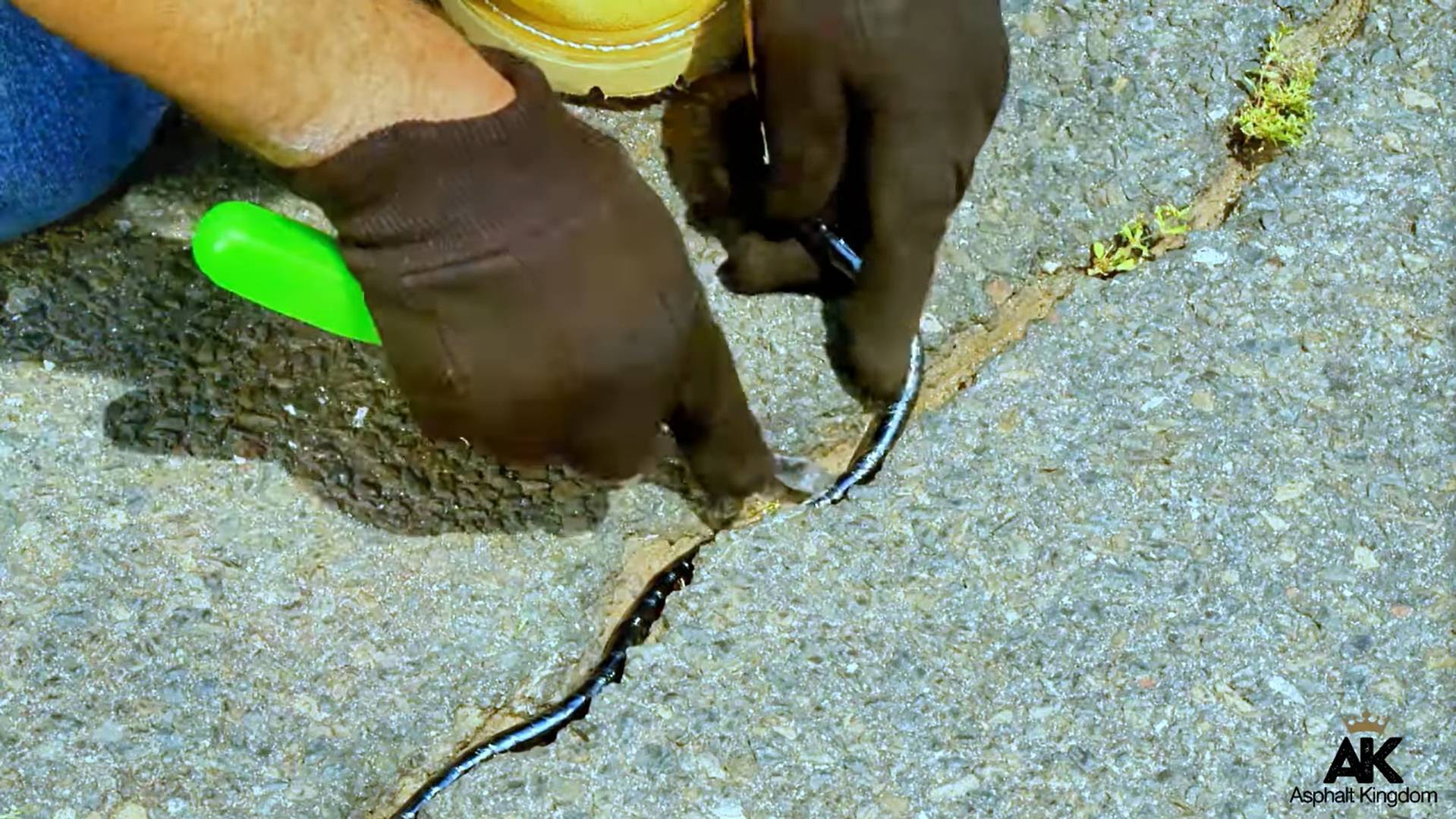Sealcoating Tips
Sealcoating is one of the most proactive steps a homeowner can take to ensure the longevity of their driveway. Professionals recommend a driveway should be resealed once every three years. But when that comes around, what time of the year is best?
The first important consideration when determining the perfect time of year to sealcoat is the temperature.
Asphalt sealer properly cures in warmer temperatures, so we recommend waiting until the daytime temp is about 60º Fahrenheit for the best result. In other words, spring and summer, depending on where you live. In some areas, the sealcoating season may even extend into the fall.
Temperature is not the only factor to consider, though.
Asphalt sealer cures as the water in it evaporates. So, while the temperature might be optimal for effective drying, moisture in the air can hinder the process. It’s important, then, to sealcoat during a time of year when you don’t expect to see rain or excessive humidity. Since that can vary greatly depending on where you’re located, the optimal time of year to sealcoat in a place like New York might differ from a place like Florida.
Remember: Asphalt sealer needs to dry for about four hours, and even after that, should not be exposed to moisture for another 12 hours, so be sure to check your local weather forecast, even if it’s a dry time of year.
If you’re eager to take care of your driveway, but the weather conditions aren’t perfect yet, not to worry!
There are plenty of steps you can take to help maintain the pavement while you wait for the weather to warm up and dry out.
Surface Cleaning
There’s never a wrong time of year to ensure your asphalt surface is free of stains, mud and vegetation. All it takes is a broom or a gas-powered blower, some degreaser, and a bit of elbow grease to help keep pollutants from eating away at your blacktop.
Pothole Patching
Cold asphalt patch is perfect for filling potholes and can be applied any time of the year, even in cold weather. This product is a must, especially during the winter months, when repeated freezing and thawing can break apart the asphalt. All you need is a shovel and something to flatten the cold patch down for an even surface.






-1.jpg)
.jpg)